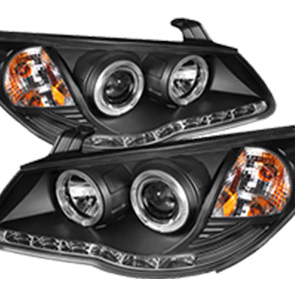gear cable
The Importance of Gear Cables in Modern Cycling
Cycling has evolved significantly over the years, with technological advancements making bikes more efficient and user-friendly. One crucial component that often goes unnoticed is the gear cable. Although it may seem like a minor detail, the gear cable plays a vital role in the overall performance of a bicycle. In this article, we will explore the importance of gear cables, how they work, and tips for maintenance to ensure a smooth and enjoyable ride.
Understanding Gear Cables
Gear cables are thin, flexible wires that connect the shifters on the handlebars to the derailleurs at the rear and front of the bike. Their primary purpose is to facilitate gear shifting by transmitting the mechanical force applied to the shifter when a cyclist wants to change gears. A properly functioning gear cable allows for smooth and precise shifts, allowing riders to tackle varying terrains with ease.
The gear cable operates within a housing that protects it from dirt, moisture, and other environmental factors. The design of this housing is crucial, as it ensures that the cable moves freely without any resistance. If the housing is damaged or dirty, it can cause the cable to bind, resulting in sluggish shifting performance.
Types of Gear Cables
There are two main types of gear cables coated and uncoated. Coated cables, which usually have a layer of plastic or other materials, are more resistant to wear and tear but can be less flexible. Uncoated cables, on the other hand, are generally more flexible and can provide smoother shifts. The choice between the two often comes down to personal preference and the specific requirements of the bicycle.
Additionally, the length of the gear cable is also important. Different bike models and setups require varying lengths, so it’s essential to select the right cable based on the cyclist's needs. Most bike shops can help determine the appropriate length, ensuring optimal performance.
gear cable

Maintenance and Replacement
Regular maintenance of gear cables is crucial to ensure optimal shifting performance. Over time, cables can fray, rust, or become stretched, leading to inaccurate gear changes and diminished performance. Here are some maintenance tips to keep your gear cables in top condition
1. Regular Inspection Periodically check your gear cables for signs of wear, fraying, or rust. Pay attention to the exposed sections since they are most vulnerable to damage.
2. Cleaning Keep the cable housing clean and free from dirt and grime. Dirt buildup can interfere with the cable’s movement, leading to poor shifting performance.
3. Lubrication Occasionally, apply a small amount of lubricant to the inner cable to reduce friction and enhance movement. Be careful not to over-lubricate, as excess lubricant can attract dirt.
4. Replacement If the cable shows significant wear or if shifting becomes labored, it’s time for a replacement. Changing out the cable may seem daunting, but many cyclists find it’s a straightforward task with the right tools and guidance.
Conclusion
In the world of cycling, every component matters, and gear cables are no exception. They ensure smooth and reliable shifting, allowing cyclists to enjoy every ride to the fullest. By understanding the importance of gear cables and committing to regular maintenance, cyclists can enhance their riding experience, improve performance, and prolong the life of their bicycles. Whether you are a casual rider or a serious cyclist, never underestimate the role that a simple gear cable plays in your journey through the great outdoors. Happy cycling!
-
Upgrade Your Control with Premium Throttle CablesNewsAug.08,2025
-
Stay in Control with Premium Hand Brake CablesNewsAug.08,2025
-
Experience Unmatched Performance with Our Clutch HosesNewsAug.08,2025
-
Ensure Safety and Reliability with Premium Handbrake CablesNewsAug.08,2025
-
Enhance Your Vehicle with High-Performance Clutch LinesNewsAug.08,2025
-
Elevate Your Ride with Premium Gear CablesNewsAug.08,2025
